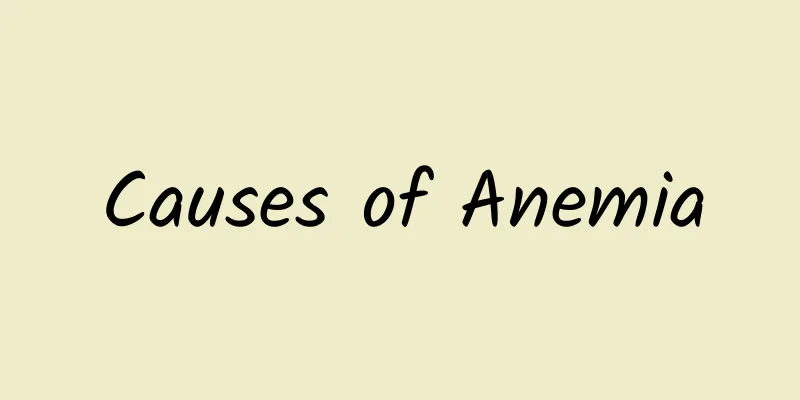Moringa Tree Benefits and Uses

|
Most people are not very familiar with the name Moringa tree. It is a health plant introduced from Europe and the United States. The efficacy and function of Moringa tree are to enhance physical strength, effectively inhibit viruses, and treat anemia. It is rich in protein, calcium, potassium and other elements, and is especially suitable for daily use. In fact, many people are afraid to eat food that they are not familiar with, for fear of causing greater problems to their bodies. Let’s take a look at the detailed introduction below. The nature and flavor of the Moringa tree are spicy, slightly warm, and non-toxic. Its ingredients are rich in nutrients, including vitamins A, B, C, protein, calcium, potassium, iron and other minerals. According to scholars' statistics, just three tablespoons of Moringa leaf powder contain 27% of the vitamin A, 42% of protein, 125% of calcium, 70% of iron, and 22% of vitamin C that a child needs every day. The Moringa tree contains four times the calcium of milk, three times the potassium of bananas, three times the iron of spinach, seven times the vitamin C of oranges, and four times the vitamin A of carrots. Therefore in Africa, it is called the poor man’s milk. In India, it is a food and medicine that helps people live longer. Medicinal Value of Moringa Tree 1. Diabetes In traditional Indian medicine, moringa seed oil is used to treat diabetes. Moringa leaves are used to treat high blood pressure and, in the West African region of Senegal, to treat diabetes. An experiment using rabbits as the experiment found that the water extract of Moringa leaves has the effect of lowering blood sugar and can reduce blood sugar concentration within 3 hours. Although its effect is lower than that of the commonly used hypoglycemic drug glibenclamide, it has provided preliminary scientific evidence for the effect of Moringa tree in treating diabetes. It can be seen that the application of the ingredients in Moringa leaves for treating diabetes has entered the stage of systematic purification and formulation. The 21st century is the century of biotechnology. 2. Osteoporosis From the test results, it can be concluded that Moringa contains extremely high plant calcium. Every 100g of dried Moringa leaf powder contains 1320mg of calcium. Only 75g can provide 1000mg of calcium required for men's daily needs, and 60g can provide 800mg of calcium required for women's daily needs. For the elderly, although their appetite is not large, eating a few spoonfuls of Moringa leaf powder every day is absolutely acceptable. As long as they insist on drinking it every day, they can avoid osteoporosis. What's more, Moringa products have many health care functions for maintaining good health. The Moringa tree also contains a high amount of leucine, which emphasizes that what is lost during weight loss is fat rather than muscle protein. High calcium is an important condition for a weight loss diet, so it can be seen that Moringa leaves are really an ideal material for weight loss meals. 3. Hypertension Moringa leaves are high in potassium, which helps to counteract the high-sodium diet that Chinese people are accustomed to: a high-sodium diet can cause high blood pressure, while a high-potassium diet can prevent high blood pressure. Indians believe that moringa leaf juice has a calming effect on blood pressure and can be used to treat anxiety. In Haiti, Moringa leaves are also used to treat high blood pressure. In addition to being high in potassium, Moringa leaves also contain extraordinary ingredients that have the effect of lowering blood pressure. In 1992, Faizi et al. isolated five blood pressure-lowering ingredients from Moringa leaves: niazininA, niazininB, niazimicin, niazimicinA and niazimicinB. This is the first time that mineralized amino acid compounds have been found in plant materials. Subsequent studies have found that water extracts of the moringa tree can increase heart rate at low concentrations, while high concentrations can decrease heart rate and lower blood pressure. |
<<: The efficacy of chicken foot thorn root
>>: The role and efficacy of Phellodendron bark
Recommend
What to do if you want to vomit? Four methods to help you relieve discomfort
Sometimes, many people will inexplicably experien...
What are the side effects of Chinese medicine Huangjing?
Some people may think that the traditional Chines...
Difference Between Sarcoma and Lipoma
Nowadays, tumors have become a disease that troub...
Why are teeth yellow?
When communicating with others, smiling and showi...
The efficacy and function of five-step snake venom
The effects of five-step snakes have been recorde...
What to do if you have nipple pain after childbirth
Nipple pain often occurs after giving birth. This...
Symptoms of whooping cough in babies
Whooping cough is a common disease in infants. Al...
The efficacy and function of traditional Chinese medicine mistletoe
Mistletoe is a slightly bitter and warm Chinese m...
Contraindications of fumigation
Traditional Chinese medicine is generally divided...
What methods does Traditional Chinese Medicine use to treat eczema?
Traditional Chinese medicine has a very long hist...
There is an oval piece of flesh between the vagina and the mouth. What's going on?
If an oval piece of flesh appears at the vaginal ...
Can aloe vera gel treat skin allergies?
Aloe vera gel is an essence extracted from aloe v...
Tai Neng antibiotics
There are many substances in the human body, and ...
What causes stomach pain and vomiting in pregnant women?
Pregnant women will experience many symptoms duri...
Can fire therapy really cure diseases?
I believe that everyone has seen fire therapy on ...









